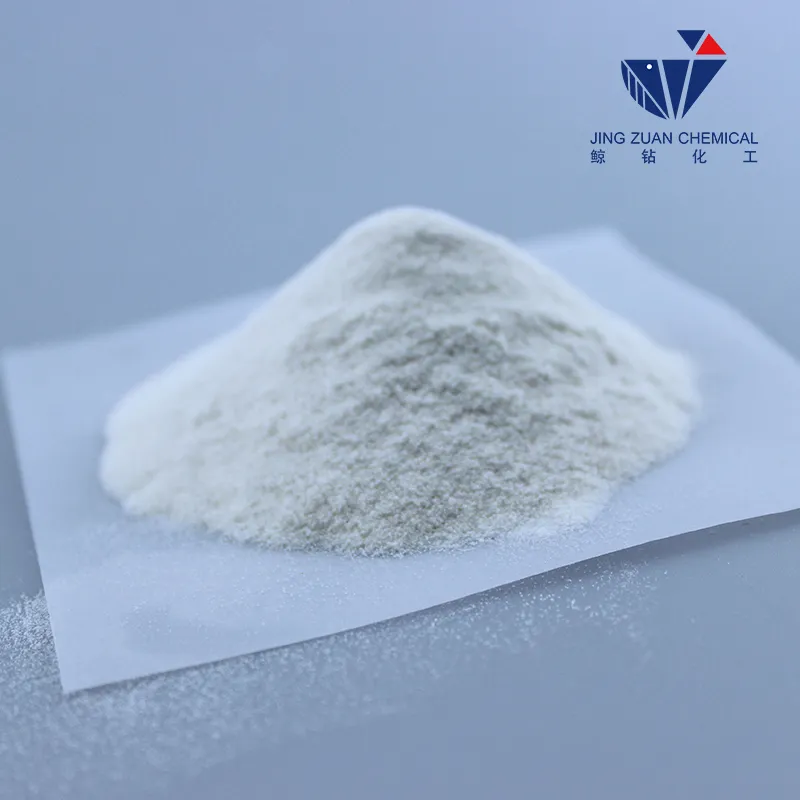
Oct . 18, 2024 17:54 Back to list
Ensuring Safety Standards in HPMC Usage for Enhanced Consumer Protection
HPMC Safety Understanding the Risks and Best Practices
Hydroxypropyl Methylcellulose (HPMC) is a semi-synthetic polymer derived from cellulose. It is widely used in various industries including pharmaceuticals, food, cosmetics, and construction due to its excellent binding, thickening, and film-forming properties. Despite its extensive applications, the safety of HPMC is a crucial concern, especially in sectors such as pharmaceuticals and food, where it can directly impact human health.
What is HPMC?
HPMC is created by altering cellulose through hydroxypropyl and methyl substitution. The resulting compound is non-toxic, biodegradable, and hydrophilic, making it particularly useful in applications that require controlled release properties or emulsification. In the pharmaceutical industry, HPMC is often used as a binder in tablets and as an excipient in various formulations. In cosmetics, it serves as a thickener in creams and lotions, while in the food industry, it is commonly found in gluten-free products as a stabilizer and texture enhancer.
Safety Concerns
While HPMC is generally regarded as safe (GRAS) by regulatory bodies like the U.S. Food and Drug Administration (FDA) and the European Food Safety Authority (EFSA), several safety considerations must be addressed
1. Allergic Reactions Although rare, some individuals may develop allergic reactions to HPMC. Symptoms can range from skin irritations to respiratory issues. It is essential for consumers, especially those with known allergies to cellulose derivatives, to be cautious.
2. Contamination Risks In the manufacturing process, HPMC can potentially be contaminated by harmful substances if not produced under stringent quality control measures. Ensuring that HPMC is sourced from reputable suppliers applies not only to pharmaceutical applications but also to food and personal care products.
3. Consumption Levels The amount of HPMC consumed can also influence its safety profile. While small amounts are typically safe, excessive consumption may lead to gastrointestinal discomfort, such as bloating and diarrhea. Regulatory standards usually set limits on the amount of HPMC that can be included in food products to mitigate such risks.
4. Chemical Stability HPMC can undergo degradation under certain conditions such as extreme pH or temperature. Therefore, proper storage and handling practices are essential to maintain its integrity and prevent the formation of harmful byproducts.
hpmc safety

Best Practices for Safety
To ensure the safe use of HPMC in various applications, here are some best practices
1. Sourcing Quality Products Always Source HPMC from reputable manufacturers who adhere to Good Manufacturing Practices (GMP). Certifications and quality assurance should be verified to minimize the risk of contamination.
2. Labeling and Consumer Education Clear labeling on products containing HPMC should be mandatory. This will help consumers, especially those with allergies, to make informed choices. Education on the safe consumption levels of HPMC can further enable consumers to use it safely.
3. Conducting Allergens Testing Companies should perform allergen testing for their HPMC-containing products to identify any potential risks and provide appropriate warnings on packaging.
4. Regulatory Compliance Manufacturers must comply with all applicable regulations regarding the use of HPMC in food and pharmaceuticals. This includes adhering to recommended usage levels and conducting thorough safety assessments.
5. Research and Development Ongoing research into the health impacts of HPMC, especially in new formulations, is crucial. This will help in identifying any potential long-term effects and provide data to inform safety regulations.
Conclusion
Hydroxypropyl Methylcellulose is a versatile and valuable material across various industries. Despite its safety profile, it is essential for manufacturers, healthcare providers, and consumers to be mindful of potential risks associated with its use. By sourcing high-quality products, adhering to safety regulations, and fostering consumer awareness, we can harness the benefits of HPMC while safeguarding public health. The commitment to safety in the use of HPMC will ensure its continued role as a key ingredient in numerous applications, protecting consumers and fostering trust in the products they choose.
-
Versatile Hpmc Uses in Different Industries
NewsJun.19,2025
-
Redispersible Powder's Role in Enhancing Durability of Construction Products
NewsJun.19,2025
-
Hydroxyethyl Cellulose Applications Driving Green Industrial Processes
NewsJun.19,2025
-
Exploring Different Redispersible Polymer Powder
NewsJun.19,2025
-
Choosing the Right Mortar Bonding Agent
NewsJun.19,2025
-
Applications and Significance of China Hpmc in Modern Industries
NewsJun.19,2025







